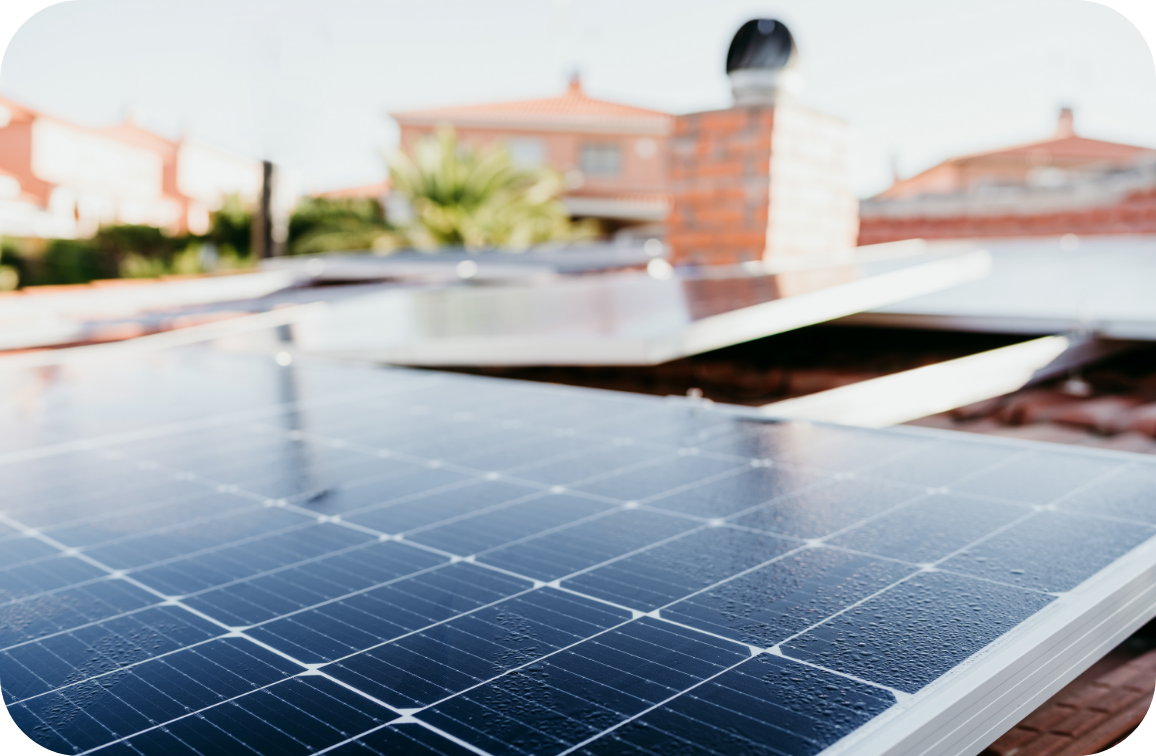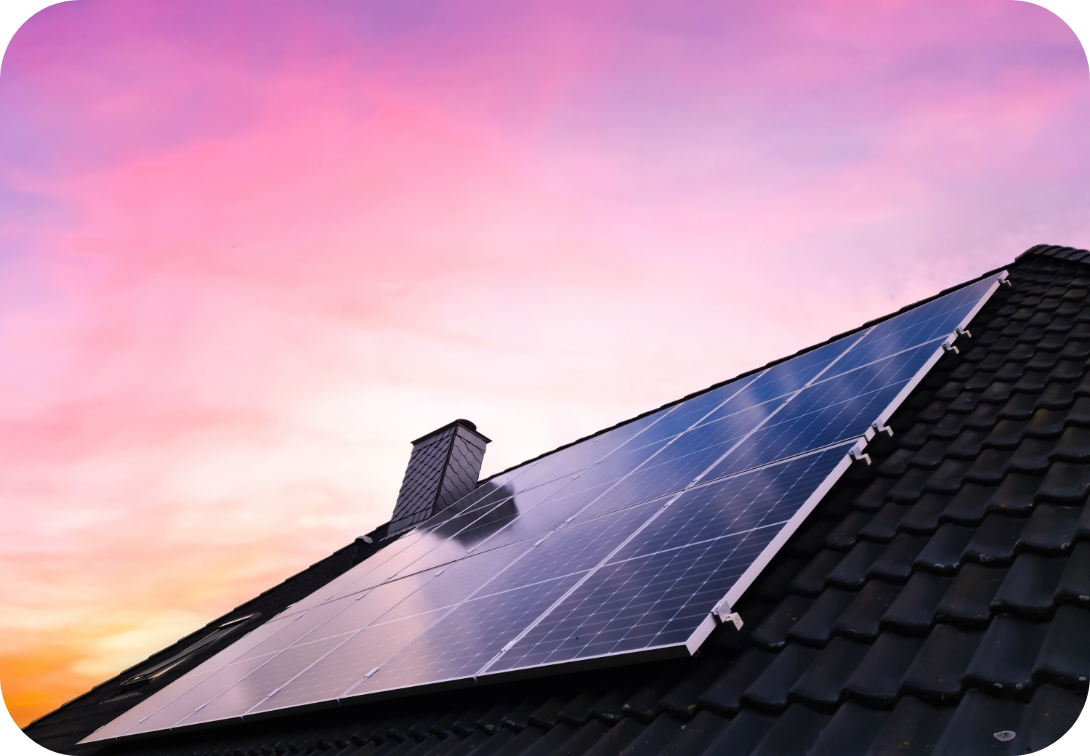The History of Solar Energy

While the use of solar panels has increased in popularity in recent years, the history of solar energy actually extends back centuries. From the most basic acts of using the sun to start a fire to the most advanced achievements like powering homes or airplanes, solar’s history is long, and its future is bright.
Read on to learn more about when solar panels were invented, how the industry got where it is today, and where we’re heading with solar energy.
When Was Solar Energy First Used?
History tells us that humans used solar energy as early as the 7th century B.C. by refracting sunlight through a magnifying glass to start a fire. By the 3rd century B.C., the Greek and Roman people discovered they could bounce sunlight off mirrors to help them light torches during their religious ceremonies. Throughout the centuries, humans have continued to find different ways to use solar energy to improve their daily lives, and we’re still doing the same thing today.


Most Recent Developments in Solar Energy
The 1990s and early 2000s saw solar technology grow significantly, and in 2001, Home Depot began selling the first home solar systems. While our knowledge and use of solar energy continued to evolve into the 2010s, PV solar panels gained more popularity and recognition around 2013 and have become more popular since then.
In the 2020s, building an entirely new solar plant is more cost-effective than continuing to run a coal plant. Additionally, solar is known as “king” in the electricity markets, and California is leading the solar movement by requiring all new homes to have solar panels.
In 2020, the United States had roughly 2.7 million residential solar systems. By the end of 2023, an estimated 38.5 GW (29.1 GW of solar and 9.4 GW in solar battery systems) of additional solar capacity will be brought online, enough to power more than 5 million additional homes.
When Were Solar Panels Invented?
The first record of a person collecting solar energy for later use was in 1767 when Swiss scientist Horace de Saussure invented solar collectors that eventually turned into a solar oven for heating food through the solar energy held in the collectors. From there, several other scientific and technological advancements brought us closer to the solar panels we use now.
Here are a few notable contributions to the history of solar energy.
1800s
1900s
Achievements in the Solar Industry
There have been excellent strides in solar that have brought us to the industry we know today. One of the most significant achievements has been the rapid growth of worldwide solar power capacity from 50 GW in 2010 to over 750 GW in 2022.
Since the ‘90s, other notable achievements in the history of solar energy have included:
As the solar industry continues to proliferate, we’re sure to see many significant achievements in the coming years.


Government Effect on Solar Development
In the early 1970s, politics in the Middle East impacted the history of solar energy by creating an energy crisis in the United States, leading to fuel shortages, skyrocketing oil prices, and long lines at gas stations. These issues prompted President Jimmy Carter to create the Department of Energy in 1977, which was formed to address our country’s energy, environmental, and nuclear challenges.
Following this, Congress passed the Energy Tax Act of 1978, which provides tax credits for homes with solar panels. President Carter also installed solar panels on the White House at one point, but they were ultimately removed. In the ‘80s, President Ronald Reagan aimed to lower energy costs, though it led to a decline in research and the development of domestic energy sources. In 2005, President George W. Bush introduced the Energy Policy Act, which included the federal tax credit for homeowners who install solar panels.
Solar Panels in the Air and Outer Space
Solar panels have been used in outer space for several decades. They are essential components of most satellites, human-crewed spacecraft, and space probes, as they provide power for communication and navigation systems as well as scientific instruments.
In 1958, the Vanguard I satellite was the first spacecraft to use a small solar panel for radio power; the Vanguard II, Explorer III, and Sputnik-3 were also launched later this same year, and they all included solar technology in some capacity. Since 2000, the International Space Station has been powered by solar panels, and — in more recent years — three of the Mars rovers (Spirit, Opportunity, and Curiosity) have also used solar panels to generate energy for their instruments and mobility system.
In the early 1970s, several individuals created and flew solar-powered model airplanes, starting with the Sunrise I, designed by R.J. Boucher in 1974. In 1979, Larry Mauro flew solo in the Solar Riser, a solar-powered hang glider. The first manned solar-powered airplane flight happened on July 7, 1981. Paul MacCready built the plane, Stephen Ptacek piloted it, and it flew across the English Channel from France to the UK.
Throughout the 1990s and 2000s, though, they were all UAV (uncrewed aerial vehicle) airplanes. By the end of the 2000s, 94 solar-powered airplanes had been built, and aviation experts continue to work toward making fully solar-powered and manned flights a significant part of the history of solar energy.
Modern-Day Solar Panels
Today’s solar panels are highly efficient and can last up to 25 years or more. These panels are made of layers of silicon cells and come in various sizes and power ratings to be customizable to specific energy requirements. Modern-day solar panels also feature advanced monitoring systems to help track energy production and consumption over time.
As solar technology advances and new materials and designs are developed, we can expect solar panels to become more efficient and cost-effective.

What is Next for the Future of Solar Energy?
Solar energy is a clean, renewable resource, and scientists continue to search for ways to use it beyond solar panels. Some current applications include:
While we can’t anticipate all the ways solar energy could evolve, the Axia Solar team is excited to see where things may go in the future.
If you’ve been considering a home solar system to help energize your home, our experienced solar professionals are here to help. Contact us to request a quote and get started on your home solar installation today.